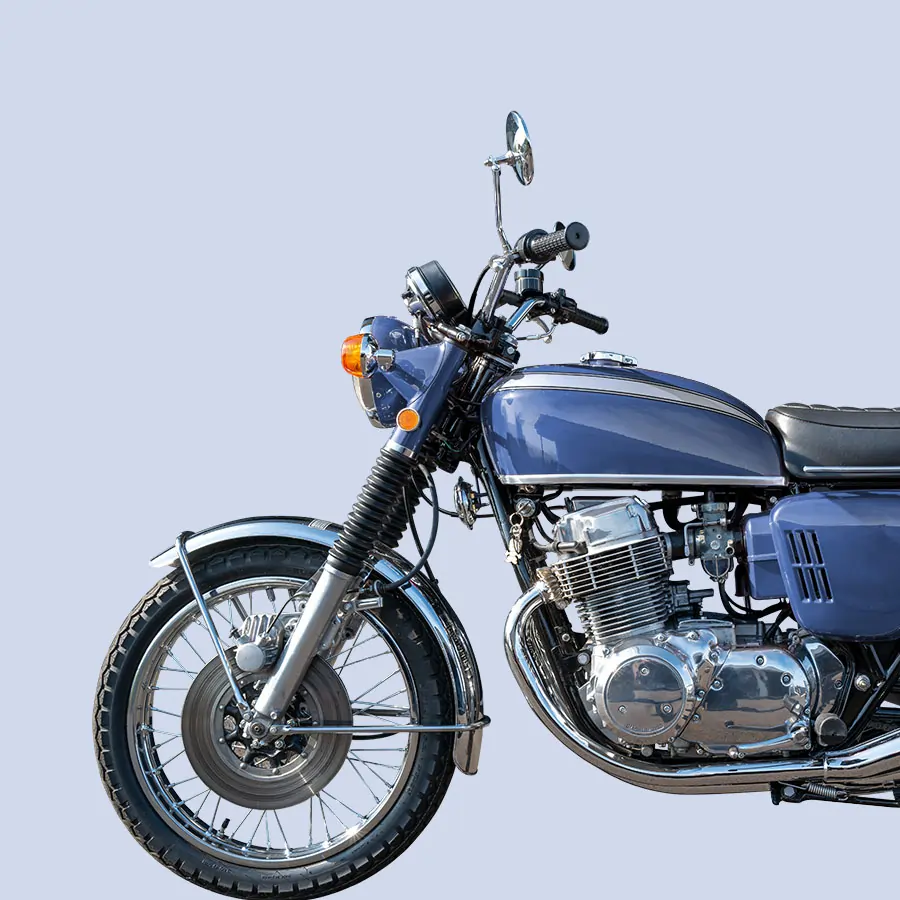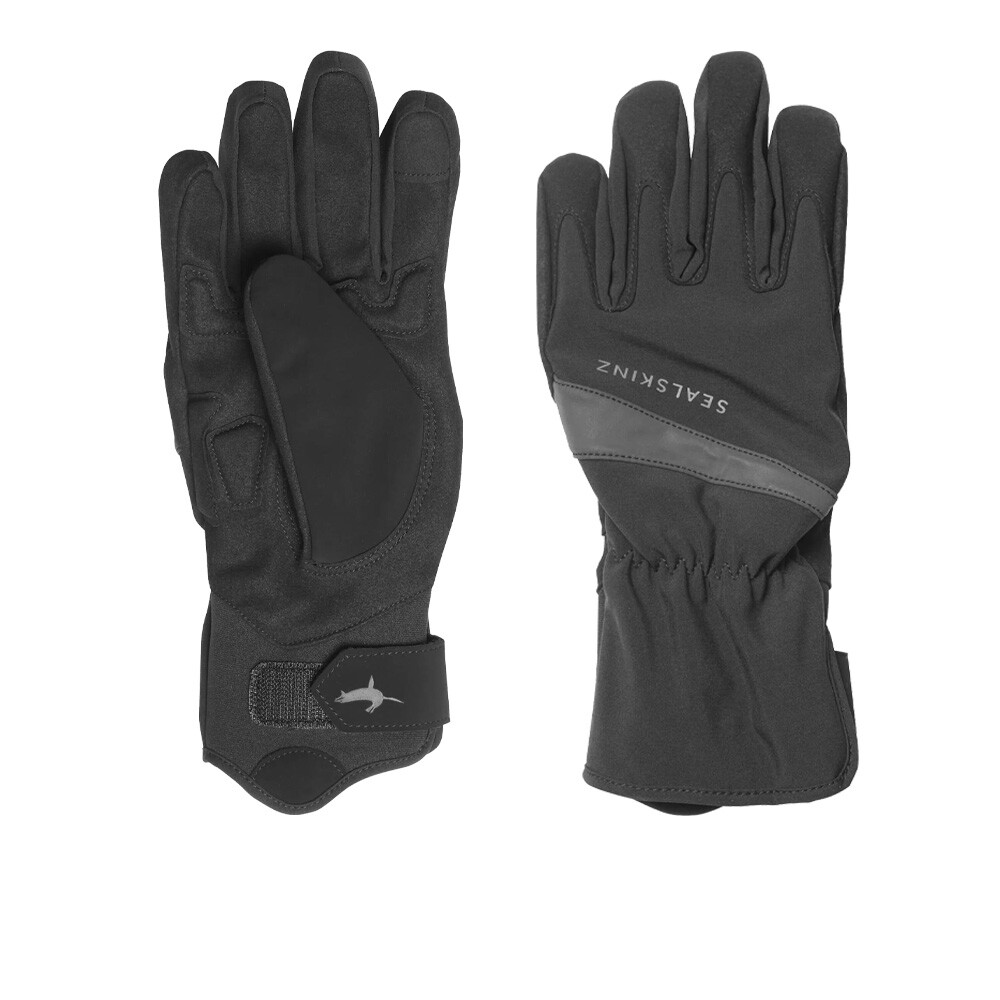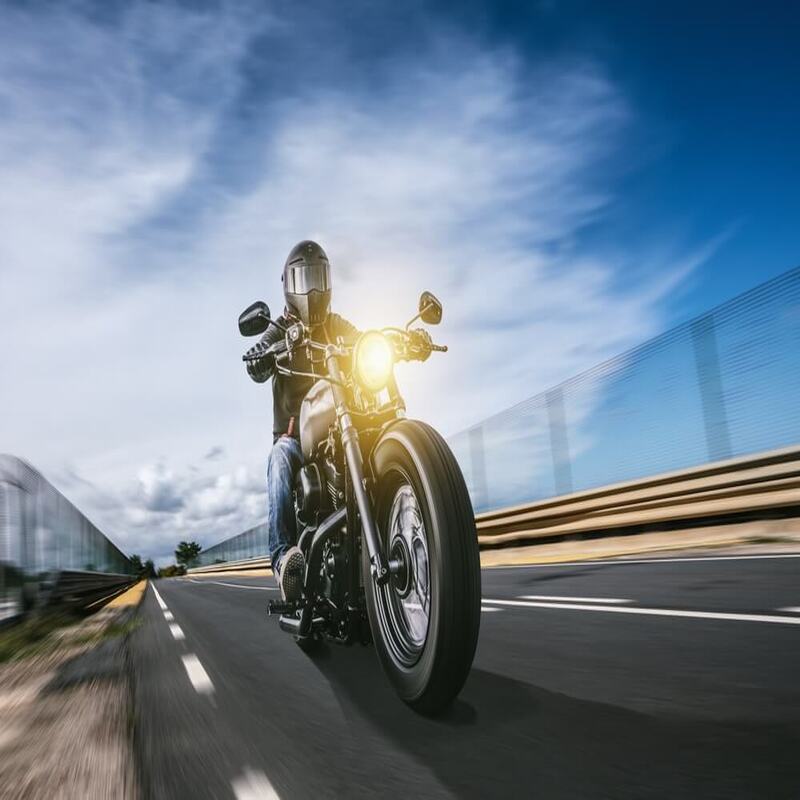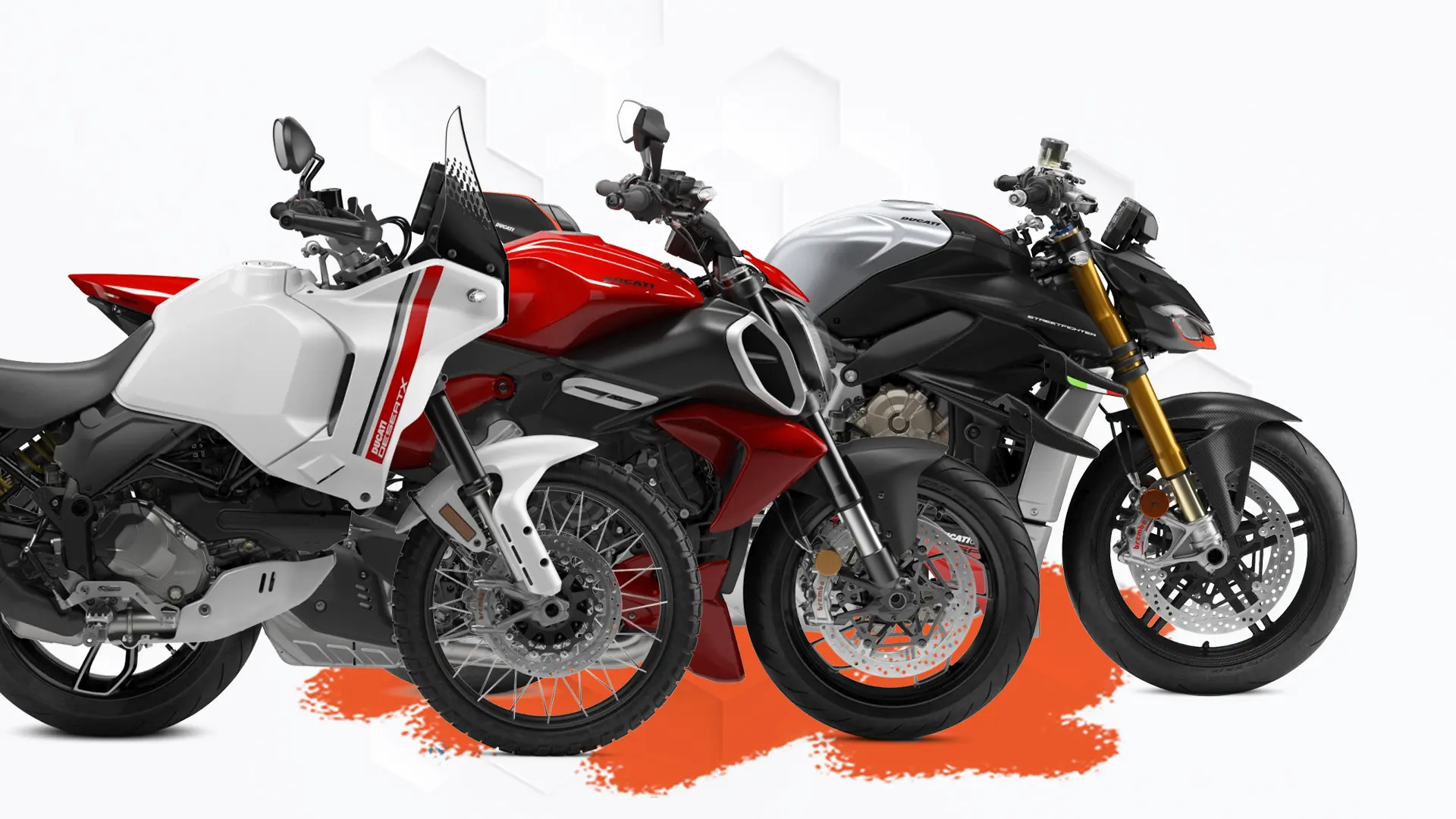Introduction to Classic Motorcycle Upkeep
Owning a classic motorcycle brings a sense of pride and nostalgia. Yet, it demands careful upkeep to maintain its charm and performance. Good maintenance can prevent breakdowns and costly repairs. This chapter guides you through the basics of classic motorcycle care
Regular inspection is critical. Check for signs of wear and leaks often. Keep your bike clean from dirt, dust, and grime. This not only preserves its appearance but also prevents corrosion. Ensure tires are at proper pressure and free of cracks. Check your bike’s fluids before every ride. This includes oil, coolant, and brake fluid.
Storage also plays a key role in maintaining a classic motorcycle. Store your bike in a cool, dry place. Use a cover to protect it from dust and moisture. Moisture can lead to rust, which is a classic bike’s enemy.
Always use the right tools for any maintenance job. The correct wrench or screwdriver can prevent damage to your motorcycle. We will cover essential tools in the next section. Treat your classic motorcycle with care and it will reward you with reliable service and countless enjoyable rides.
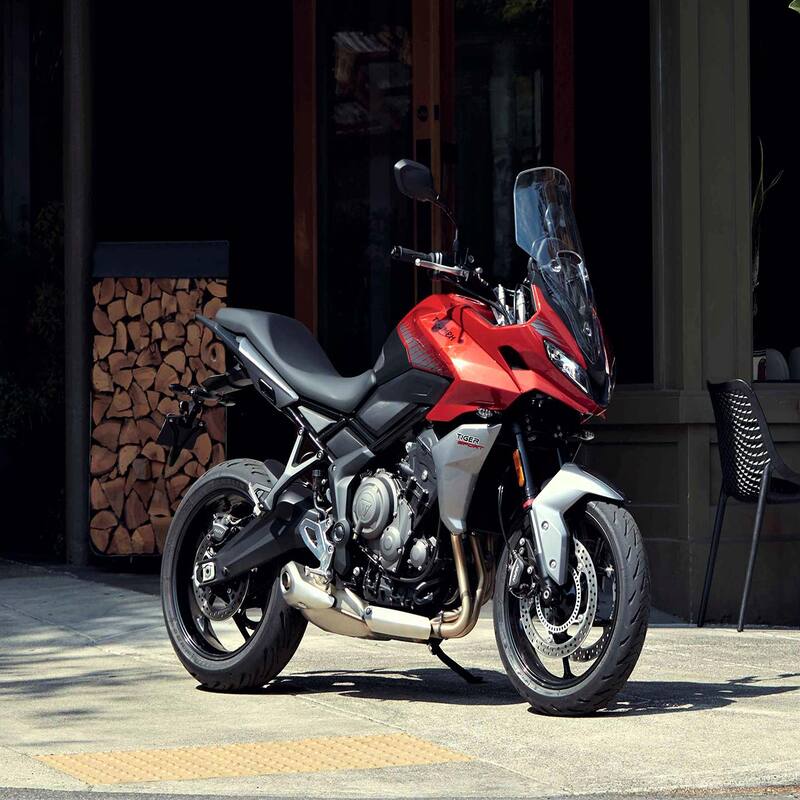
Essential Tools for Maintaining Your Classic Bike
To keep your classic motorcycle running smoothly, having the right toolkit is essential. Here are some must-have tools for any classic bike owner:
- Wrench Set: A set of open-ended and box wrenches is indispensable. Ensure you have metric and imperial sizes, as older bikes often require both.
- Screwdrivers: A variety of flat and Phillips head screwdrivers will come in handy for various adjustments and repairs.
- Pliers: Needle-nose and regular pliers, along with a set of wire cutters, are great for gripping parts, cutting wires, and handling small objects.
- Socket Set: Sockets can make removing and securing bolts a breeze, especially in tight spaces.
- Torque Wrench: To avoid over-tightening and potentially damaging bike parts, a torque wrench is crucial.
- Oil Filter Wrench: This tool helps remove and install oil filters without causing damage.
- Battery Charger: Keeping your battery charged is key, especially for classic bikes that aren’t ridden daily.
- Chain Breaker and Riveter: If your classic motorcycle has a chain drive, this tool is essential for chain replacement or repair.
- Feeler Gauges: These are used to measure and set the correct gap on spark plugs and other components.
- Jumper Cables: Have these on hand in case of a dead battery or to assist a fellow rider in need.
- Multimeter: To diagnose electrical issues, a multimeter can test voltage, resistance, and current.
With these tools, you’ll be able to tackle most maintenance tasks. Keep your tools well-organized and in good condition to make maintenance easier. The right tool not only makes the job more manageable but can also prevent damage to your classic motorcycle.
Routine Maintenance Checks
To ensure your classic motorcycle stays in top condition, routine maintenance checks are vital. Consistency is key. Perform these checks regularly and record the findings to track your bike’s health over time.
Check Tire Pressure and Tread: Always start with the tires. They should have the right pressure. This ensures safety and optimal performance. Check the tread for signs of wear or damage.
Test Lights and Signals: Functioning lights and signals are not just about compliance, they’re about safety. Make sure all are working well.
Inspect the Fuel System: Look for leaks or damage in the fuel lines. A healthy fuel system means better engine performance.
Look Over the Brake System: Check the brake pads for wear and the brake fluid level. Don’t forget to inspect the lines for any signs of wear or leaks.
Inspect the Chain or Belt: If your bike has a chain, check for the correct tension and lubrication. A belt-driven bike needs an inspection for cracks and wear.
Monitor Fluid Levels: Keep an eye on the engine oil, coolant, and brake fluid. Top them off as needed.
Clean or Replace Air Filter: A clean air filter is essential for good air flow to the engine. If it’s dirty, replace it.
Check Battery Terminals: Corroded or loose battery terminals can cause electrical issues. Clean and tighten as required.
Inspect the Exhaust System: Look for rust or holes in the exhaust pipes. A well-maintained exhaust system is critical for optimal performance and safety.
By conducting these routine maintenance checks, you help preserve the classic motorcycle and keep it running smoothly. Simple, repeated attention to these details can prevent major issues and prolong the life of your bike.
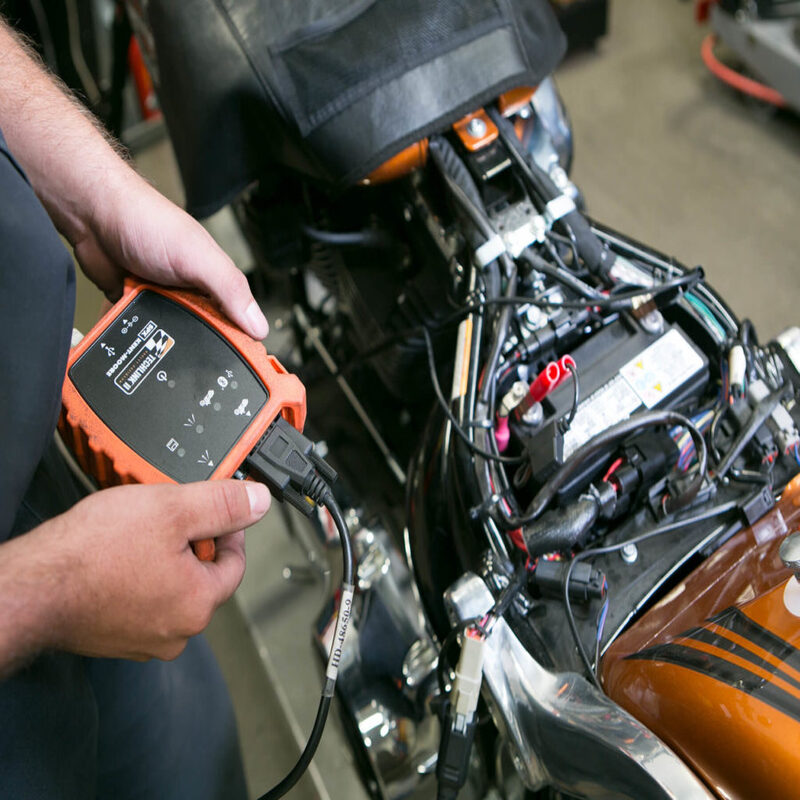
Engine Care and Oil Change
Proper engine care is crucial for keeping your classic motorcycle in top condition. Regular oil changes are a significant part of this process. Here’s how to manage your engine and change the oil effectively:
Check and Change Engine Oil Regularly: Engine oil lubricates, cools, and cleans the engine. Check the oil level before each ride. Change it as per the manufacturer’s recommendation or at least once every season. New oil keeps the engine running smoothly and prevents wear.
Choose the Right Oil: Not all motor oils are suitable for classic motorcycles. Use oil that matches the specifications of your bike. Older engines might need oil with different viscosities compared to modern engines.
Monitor for Leaks: Look for oil leaks often. Leaks can lead to low oil levels, risking engine damage. Fix leaks as soon as possible to maintain engine health.
Replace Oil Filters: Change the oil filter with every oil change. A clean filter ensures clean oil circulates through the engine.
By following these steps, you ensure your classic motorcycle’s engine remains in excellent condition. This can extend the life of your bike and enhance its performance.
The Importance of Proper Lubrication
Proper lubrication is key for a classic motorcycle’s health. It reduces friction between moving parts. This keeps your bike running smoothly. It also cuts down on wear and tear. Hence, extending the life of the engine and other critical components. Regularly lubricate chains, cables, and control pivots.
Lubricating the Chain
For chain-driven bikes, lubricate the chain every 300-600 miles. Use a specific motorcycle chain lube. Apply after riding while the chain is still warm. This allows the lubricant to penetrate better.
Greasing Bearings and Pivots
Wheel bearings and control pivots need greasing. Do this yearly or according to your bike’s service intervals. Use a high-quality grease to ensure longevity.
Cables Need Attention Too
Don’t overlook throttle, clutch, and brake cables. Lubricate these regularly. A dry or sticky cable can lead to poor performance and safety issues.
Using the Right Lubricants
Always choose lubricants designed for classic motorcycles. The wrong type can cause damage or not perform as well. Check the manufacturer’s recommendations for the appropriate products.
Maintaining proper lubrication will make your classic motorcycle more enjoyable to ride. It also helps to prevent unexpected breakdowns. Keep up with a regular lubrication schedule, and your classic motorcycle will thank you with smooth rides and lasting performance.

Brake System Inspection and Maintenance
Proper brake system care is vital for safety. Regular checks and maintenance keep your classic motorcycle safe. Follow these essential steps for brake system upkeep.
Inspect Brake Pads and Discs: Check for wear and damage. Replace worn pads and discs to ensure effective braking.
Check Brake Fluid Level: Low fluid levels can affect braking performance. Top off as needed.
Look for Fluid Leaks: Inspect brake lines and seals for leaks. Fix leaks promptly to avoid brake failure.
Test Brake Functionality: Regularly test your brakes. This ensures they work well when needed.
Maintaining your brake system is not just about safety. It also protects other bike parts. Regular inspection and timely maintenance prevent costly repairs. Keep your brake system in top condition for a safe and smooth ride.
Electrical System Checks
Electrical issues can be tricky in classic motorcycles. Regular checks help prevent breakdowns. Here’s what you need to keep an eye on:
Examine Battery Condition: Check your battery’s health. Ensure it holds a charge and the terminals are clean.
Test the Charging System: Make sure your bike’s charging system works properly. This keeps the battery at optimal levels.
Inspect Wiring Harnesses: Look for frayed or damaged wires. Replace them to prevent electrical failures.
Check the Ignition System: Ensure spark plugs and the ignition coil are in good condition. Faulty ignition can lead to starting problems.
Test Lights and Horn: Regularly check that all lights and the horn function correctly. Replace bulbs or fuses as required.
Review Electrical Connections: Tighten loose connections. Loose connections can lead to intermittent electrical issues.
By performing these electrical system checks, you help ensure your classic motorcycle remains reliable. Care for the electrical system also improves overall safety. Regular attention avoids larger problems down the road.
Storing Your Classic Motorcycle
Proper storage is crucial for preserving a classic motorcycle’s condition. Here are key steps to store your bike correctly:
Choose a Dry and Cool Space: Humidity and heat can damage your bike. Pick a storage area that is dry and cool.
Use a Motorcycle Cover: Protect your bike from dust and moisture with a cover. This prevents rust and keeps it clean.
Change the Oil Before Storing: Fresh oil protects the engine. Change it before a long storage period to prevent contamination.
Fill the Fuel Tank: A full tank reduces air moisture that can cause rust inside. Use a fuel stabilizer to keep the gas from degrading.
Disconnect the Battery: This will prevent the battery from draining. Store it in a cool, dry place and keep it charged.
Elevate the Tires: Lift the bike to avoid flat spots on the tires from long-term pressure.
Block Rodents: Plug any holes to stop mice or rats from entering and nesting.
By following these storage tips, you can ensure your classic motorcycle stays in the best condition. Proper storage prevents many of the common issues that plague classic bikes during downtimes.
